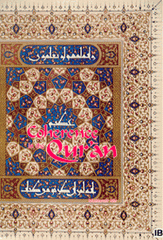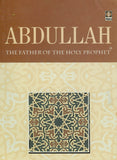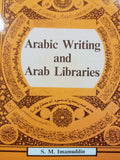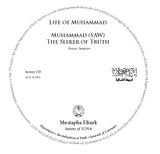Coherence in the Qur'an : A Study of Islahi's Concept of Nazm in Tadabbur-i Qur'an by Mustansir Mir
A widely held view about the Qur’an is that, in its received form, it lacks coherence. Not surprisingly, most approaches to the Qur’an have remained atomistic in characters. Also, some western scholars have tried to rearrange the Qur’an in order to make it “more comprehensible”.
The contemporary Pakistani scholar Amin Ahsan Islahi rejects the view that the Qur’an is disjointed. Developing the seminal ideas and insights of his teacher, Hamid ad-Din al-Farahi, he has argued in Tadabur-I- Qur’an, his multi-volume Qur’an commentary (Urdu), that the Qur’an possesses a nazm or coherence that is not only aesthetically pleasing but carries profound hermeneutical significance.
Coherence in the Qur’an is the first detailed study of Islahi’s contribution to Qur’an exegesis. After putting a historical perspective on the idea of nazm in the Qur’an, it makes a critical examination of the major aspect of Islahi’s theory of Qur’anic nazm, and tries to assess the significance of this new approach to the Qur’an.
Paperback 125 pages
American Trust Publications












